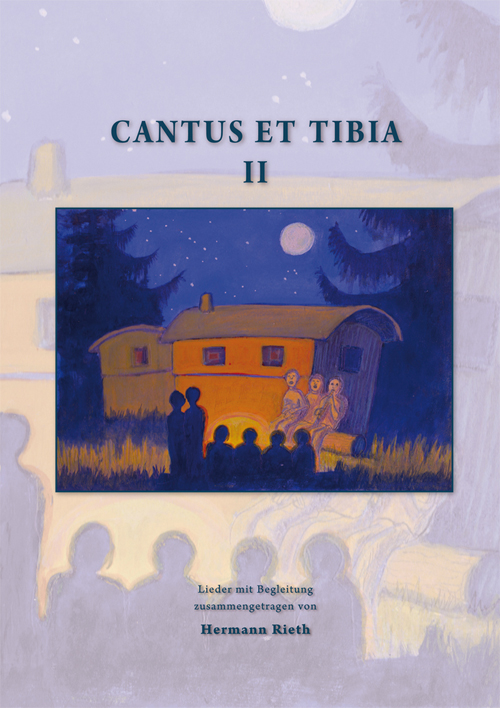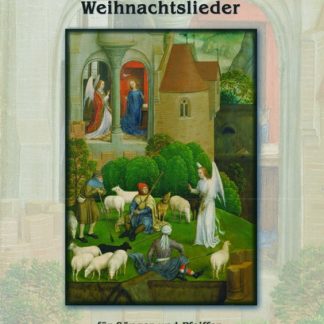Description
CANTUS ET TIBIA, singing and flute playing – this is the motto of the compilation of songs by Hermann Rieth, published in two volumes. Here tibia means not only flute but rather wind instrument. The first part leads from the High Middle Ages to the Renaissance, the second continues to our time.
This collection was created while making music and is especially arranged for the bagpipes Hümmelchen and Dudey in C/F tuning.
Beginning with the high Middle Ages, songs follow up to the heyday of our bagpipes. The polyphony dates in part from the period in which the songs were written. Often, however, their own accompaniment was developed to a melody while singing and playing. The instrumental part is always kept in such a way in terms of ambitus, key and chromaticism that it can be performed with Hümmelchen and Dudey, i.e. also with Gemshorn or Cornamuse. For each song, the appropriate drone is shown in the upper left corner.
The second volume begins with well-known songs from the Baroque period. With the polyphonic old movements it is quite possible to accompany the singing with only one voice selected from them or to develop your own accompaniment from the given material. This is followed by songs from the 18th to the 20th century. with contemporary or new accompaniments.
Of course, these accompanying parts can also be played by recorder, violin or any other melody instrument. And – according to old tradition – the musicians may feel free to deal with the material. Melodies can be played and accompaniments sung. Purely instrumental versions are just as conceivable as acapella performance. Previously notated or improvised preludes and interludes can be enriching.
Hümmelchen and Dudey are versatile instruments: solo, in a duet or in a quiet ensemble with flutes, violins, harp, cornamuse, gemshorn. The drone carried sound of the small bagpipes has a special charm when accompanying singing. In terms of both timbre and volume, the instrument is a good match for the human voice. The lack of dynamic possibilities of the bagpipe demands a different voice leading from the singer and gives the songs a special character.
Hümmelchen and Dudey, as Michael Praetorius describes them in 1619, are instruments of the late Renaissance and early Baroque. Surely they were played before and for a while after. From today’s point of view, it is interesting to experience how the soft sound of the bagpipe, supported by a strong drone, matches music from times when these instruments were not yet known or were no longer played.
The titles in volume 2:
– The morning star has risen
– Insbrügg ick mot di laten
– Oh bitter winter
– It is a reaper
– On bright days
– How beautifully the May blossoms
– Come on, you gamblers
– The forests are already colorful
– The moon has risen
– Not a beautiful country
– The golden sun
– Go out my heart
– Goodbye now to the good night
– In Mother’s Stübele
– The regulars
– Hamburg hostel song
– Civic song
– A little man standing in the forest
– Lütt Anna
– In the mountain
– Do you see on the green corridors
– The larks
– You my only light
– Elks
– Juggler
– Laughing comes the summer
– Come and let’s dance
– Dat Tüdelband
– Small circus
Order no.: 17-1
ISBN: 978-3-943060-17-1
Format: DIN A4
Number of pages: 40 pages
Cover: Softcover






Reviews
There are no reviews yet.